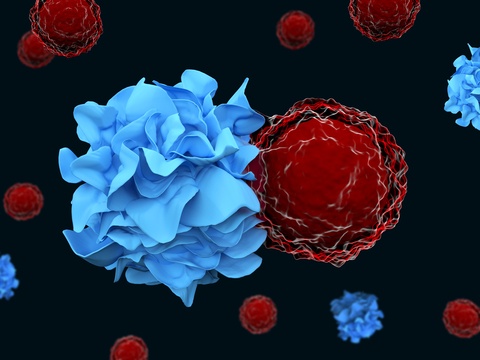Mesothelioma in Situ: The Key to Early Detection and Curative Strategies
Pleural mesothelioma is a rare and aggressive cancer that affects the pleura, the thin lining surrounding the lungs. It is primarily caused by exposure to asbestos fibers, with symptoms often not appearing until decades after exposure. It is aggressive and has a poor prognosis. Finding it early is crucial. This improves patient outcomes. In recent years, interest in finding early precancerous mesothelioma, including mesothelioma in situ, has grown. This early stage of the disease is a chance. It’s a chance to improve how we diagnose it and how we treat it in many ways. Diagnosing pleural mesothelioma at the in-situ phase means finding the disease before it has spread. This may lead to curative treatment options. Challenges and Opportunities in…




